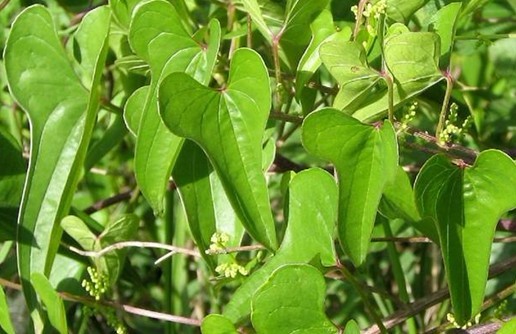Dioscorea opposita (nagaimo, Chinese yam, Korean yam) is a type of yam (Dioscorea) that may be eaten raw. The raw vegetable is starchy and bland, mucilaginous when grated, and may be eaten plain as a side dish, or added to noodles.
Dioscorea opposita is used in the Japanese noodle dish tororo udon/soba and as a binding agent in the batter of okonomiyaki. The grated nagaimo is known as tororo (in Japanese). In tororo udon/soba, the tororo is mixed with other ingredients that typically include tsuyu broth (dashi), wasabi, and green onions.
The inhibitory activities of crude extracts and purified constituents from the fresh tuberous rhizomes of Chinese Yam (Dioscorea opposita Thunb.), which is commonly called Huai Shan Yao in Chinese, were evaluated against yeast α-glucosidase in order to search for the active principals for treatment of diabetes.
| Catalog | Product Name | CAS Number | Manual |
|---|---|---|---|
| CFN98537 | Gracillin | 19083-00-2 | |
| CFN99515 | Diosgenin | 512-04-9 | |
| CFN99517 | Protodioscin | 55056-80-9 | |
| CFN99585 | Methyl protodioscin | 54522-52-0 | |
| CFN98537 | Gracillin | 19083-00-2 | |
| CFN98980 | Ergosterol | 57-87-4 | |
| CFN97326 | Stigmasterol | 83-48-7 | |
| CFN99916 | Beta-Sitosterol | 83-46-5 | |
| CFN80084 | Methyl protogracillin | 54522-53-1 | n/a |
A unique collection of 22 natural compounds from Chelidonium majus L.
A unique collection of 22 natural compounds from Tamarix chinensis Lour
A unique collection of 21 natural compounds from Coptis chinensis Franch.
A unique collection of 27 natural compounds from Eucalyptus robusta Smith
A unique collection of 36 natural compounds from Schisandra chinensis (Turcz.) Baill.





